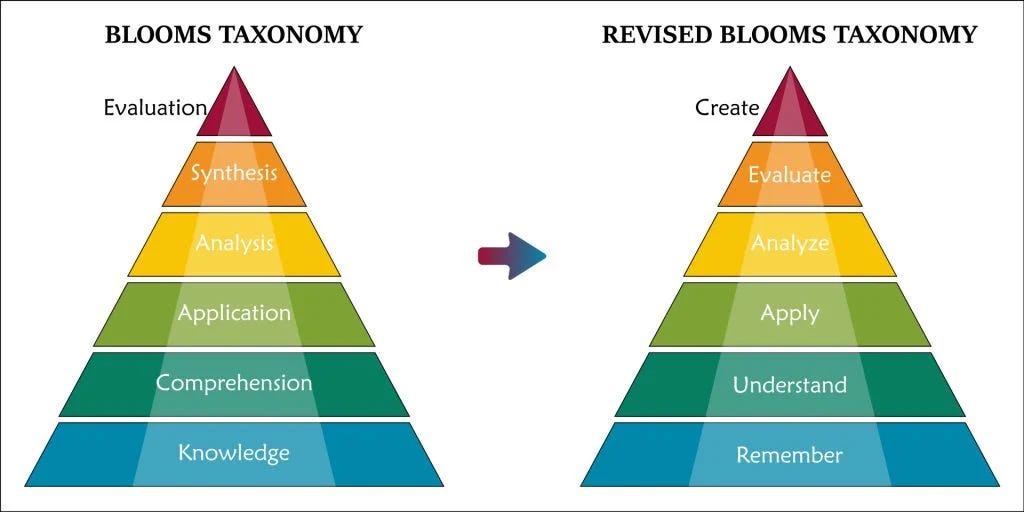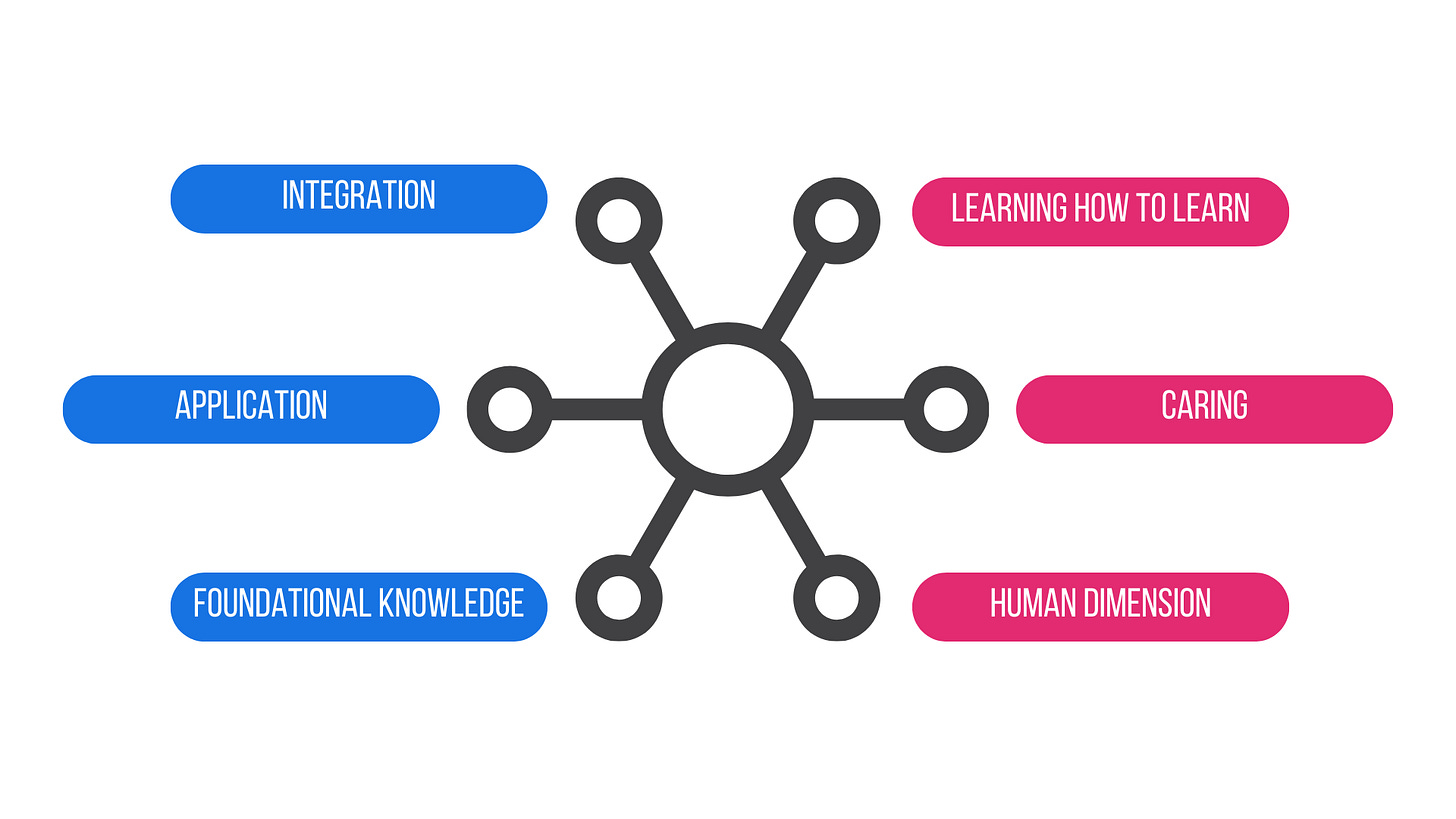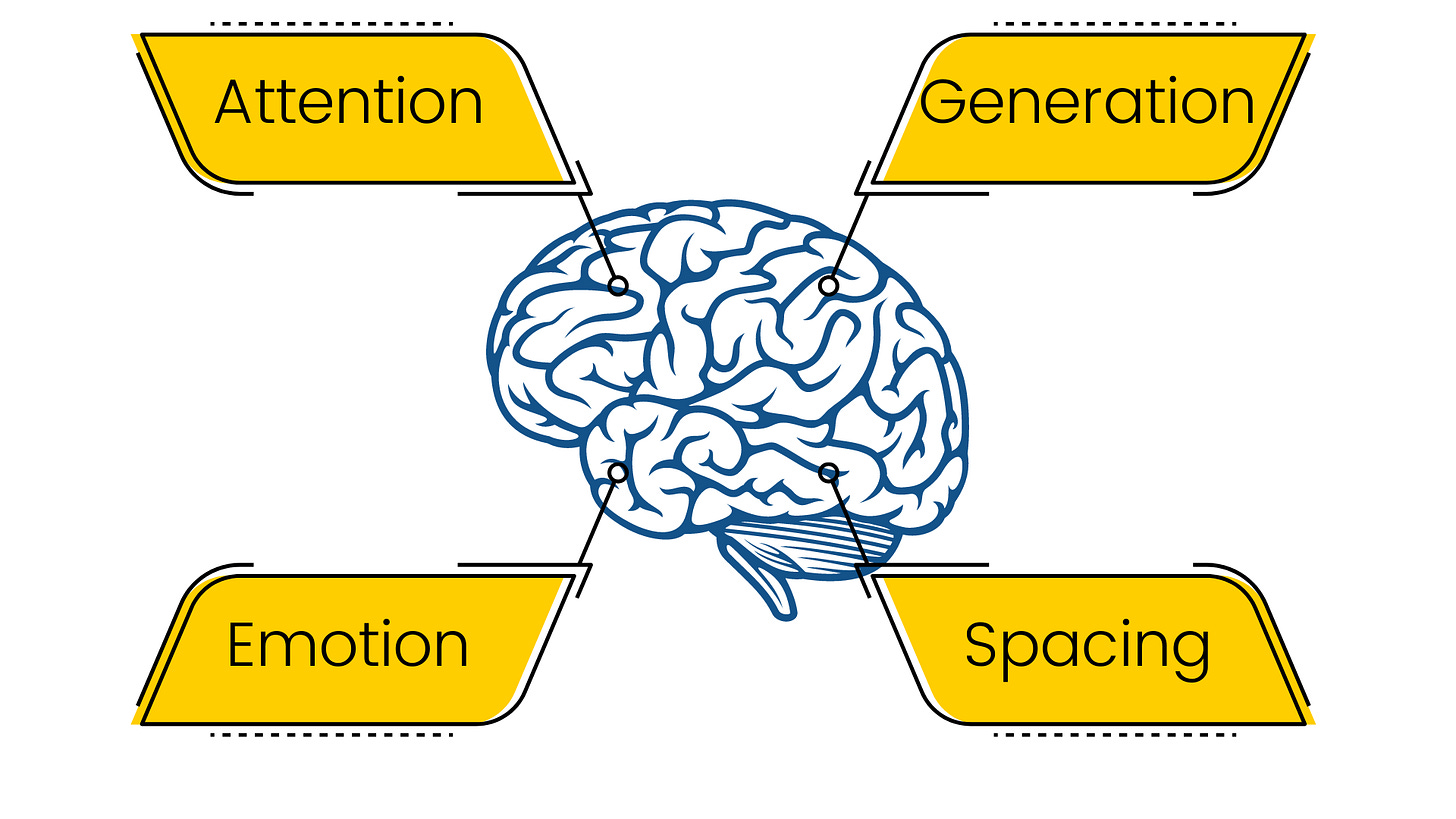Has Interactive Content Ever Helped You With Significant Learning?
Part I: Content Focused Interactivity (CFI) – Exploring the Limits of Conventional Online Learning Tools
In learning design and delivery, we are striving to engage the brains of participants from passive consumption to some sort of cognitive load through interactivity. The assumption in play is that active engagement through content interactivity will result in significant learning.
In the world of online learning, what I am coining as Content Focused Interactivity (CFI) has emerged as a widely accepted model for learner engagement. Prominent industry authoring platforms such as Adobe Captivate, Articulate Storyline, and others offer a rich palette of tools that facilitate this approach. From Multiple-Choice Questions (MCQs) to drag-and-drop exercises and simulations, the array of options is vast.
The appeal of CFI is rooted in its ability to encourage learner participation through predefined responses and activities. However, its focus on content, rather than learner agency, prompts a critical question: Is it contributing to meaningful learning, or merely providing a façade of engagement?
I want to test this idea against three models of learning for you. First, let’s frame these three models.
Three Learning Models
Bloom's Taxonomy
Bloom's Taxonomy, one of the foundational models in pedagogy and andragogy, classifies cognitive learning objectives into six hierarchical categories, ranging from mere recall of facts to synthesis and creation.
While influential, it has increasingly been viewed as narrow in the context of contemporary learning 'science.' Its limitations lie in its focus on cognitive aspects, neglecting the multifaceted nature of learning in today's complex environment.
Source: https://www.simplypsychology.org/blooms-taxonomy.html
Fink's Taxonomy of Significant Learning
Dee Fink's Taxonomy of Significant Learning, as explored in his book "Creating Significant Learning Experiences" and various talks, presents a more holistic view of learning. It includes six interconnected dimensions: foundational knowledge, application, integration, human dimension, caring, and learning how to learn.
Here's an overview of the six primary categories in Fink's Taxonomy of Significant Learning:
Foundational Knowledge: Understanding and remembering information and ideas. This is the basic level where learners acquire essential facts, theories, principles, or terminology related to the subject.
Application: Skills that involve critical thinking, problem-solving, and managing projects. This goes beyond simple recall and emphasizes the ability to use and apply what has been learned.
Integration: The ability to connect ideas, people, and realms of life. Learners synthesise information across disciplines, topics, or time and find connections in seemingly disparate information.
Human Dimension: This aspect focuses on learning about oneself and others. It includes personal development, interpersonal skills, teamwork, and the capacity to understand and interact effectively with others.
Caring: Changes in feelings, interests, and values. It emphasises developing new feelings, interests, or values related to the subject, making the learning experience personally significant.
Learning How to Learn: The metacognitive aspect of understanding how one learns, how to become a better, more self-directed learner. It encourages self-awareness in learning strategies, habits, and growth.
Fink's model is more comprehensive in nature, considering not just cognitive abilities but also the affective and social aspects of learning. It represents a more integrated and holistic approach, promoting a richer, more significant learning experience that resonates with different aspects of being human.
Unlike Bloom's, Fink's approach recognises that profound learning requires engaging learners at multiple levels, not just intellectually. It resonates with the modern understanding of how learning can transform lives and shapes attitudes.
A Neuroscience Perspective: The AGES Model by the NeuroLeadership Institute
In our exploration of learning models that provide a rich, human-centric approach, the AGES model stands out as a neuroscience-based perspective. Formulated by the NeuroLeadership Institute, including Dr. Lila Davachi, Dr. Tobias Kiefer, Dr. Josh Davis, and their colleagues, the AGES model emphasizes four key components for effective learning: Attention, Generation, Emotion, and Spacing.
Attention:
The AGES model starts with the necessity of capturing and holding the learner's attention. Engaging content and activities maintain focus, enabling a deeper connection with the material.
Generation:
This component encourages learners to create their understanding, connecting new information to existing knowledge. Active engagement leads to genuine understanding and retention. Generation that contributes to significant learning will include the cognitive load of generative dialogue. Any optimised stretch in actions, behaviours or cognitive processes will also contribute to Generation.
Emotion:
Emotion's role in memory and retention is well recognised in neuroscience. Positive emotional connections with content enhance learning, providing a profound and lasting impact.
Spacing:
The AGES model also acknowledges that well-spaced learning, spread out over time, encourages better retention and understanding. It counters the traditional "cramming" approach, fostering reflection and assimilation.
Comparing CFI Against These Models
Against Bloom's Taxonomy
While CFI aligns well with the lower levels of Bloom's Taxonomy, focusing on recall and understanding, it struggles to facilitate the higher-order thinking skills that Bloom's identifies. These skills include analysing, evaluating, and creating – aspects that demand more than rote memorisation or pattern recognition. In limiting learners to predefined interactions, CFI misses the opportunity to nurture these advanced cognitive abilities.
My ‘cheeky’ significant learning impact rating: 3/10
Against Fink's Taxonomy of Significant Learning
The comparison with Fink's model reveals a more profound limitation of CFI. While capable of providing foundational knowledge, CFI rarely engages learners in application, integration, or the human dimension. It doesn't inspire caring or foster an understanding of how to learn independently.
CFI's emphasis on content often overlooks the critical human aspects of learning, such as empathy, motivation, and self-directed exploration. Its inability to align with Fink's multifaceted model highlights a significant gap in its capacity to foster well-rounded learning experiences.
My ‘cheeky’ significant learning impact rating: 2/10
Against the AGES Model
Comparing Content Focused Interactivity (CFI) with the AGES model uncovers yet another layer of inadequacy in conventional e-learning approaches. While CFI may engage attention at the outset, it often fails to foster active ‘stretch’ or ‘dialogue’ generation, meaningful emotional connection, and well-spaced learning experiences.
The AGES model's brain-based perspective, developed by leading neuroscientists, adds weight to the argument that CFI, though accepted as the gold standard, is limited in promoting complex and valuable learning outcomes. The AGES model highlights the need for a more profound, interconnected learning experience, in alignment with Bloom's and Fink's taxonomies, and stands in contrast to the superficial engagement found in many traditional online courses.
My ‘cheeky’ significant learning impact rating: 2/10
The Real World Ineffectiveness of CFI
We live in a data-driven era where metrics such as time spent and correct answers are lauded. Yet, this emphasis on quantifiable success can obscure the underlying lack of significant learning. While suitable for some contexts like compliance training and knowledge acquisition, CFI's constraints reveal a significant disparity between activity and genuine achievement.
A key question to ask: If a content focused interactive design is so effective, why is it not used broadly in the schools that are consistently creating outstanding outcomes for students?
Coming Next: The Antidote to Content-Centric Learning
The exploration of CFI's limitations opens doors to new possibilities. My next article will present People Centred Interactivity (PCI) as a solution to the challenges of conventional learning tools. How can we transcend content to cultivate a more enriching, transformational learning experience?
Join me as we venture into seldom-travelled territories of online learning design. The time for a paradigm shift is now.
What do you think of my cheeky ratings? Do you agree?
From the context of being a course participant, have content-focused interactive tools ever really engaged (or even energised you)?







